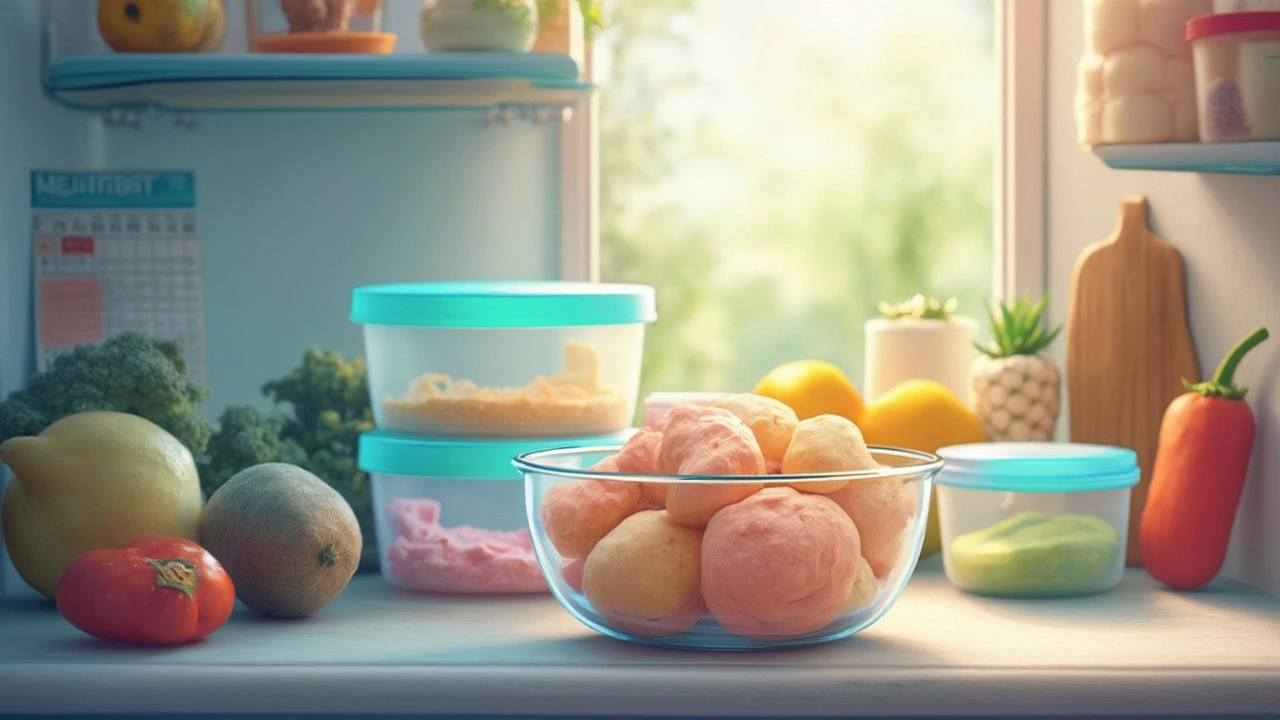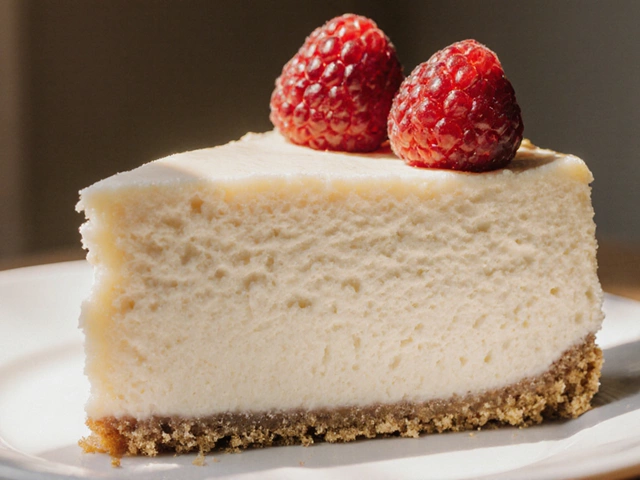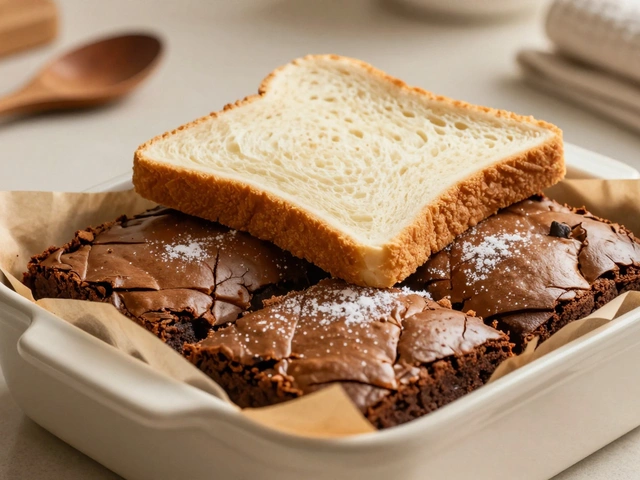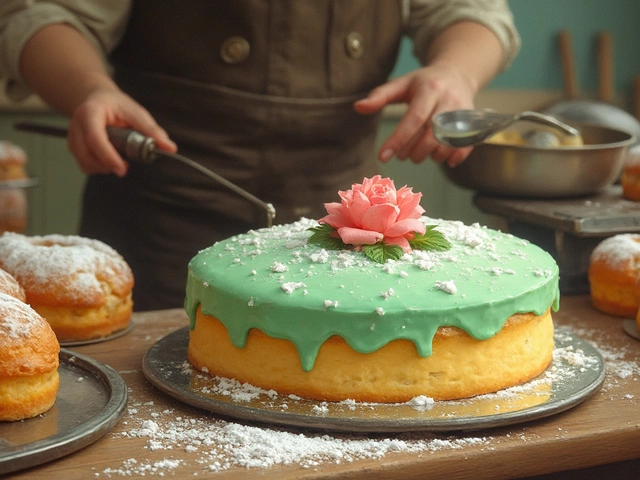Fridge Storage: Simple Tips to Keep Your Desserts Fresh
If you love a daily slice of cake or a handful of brownies, the fridge is your best friend. But not all fridge space is created equal, and the way you store sweets can mean the difference between a fluffy bite and a soggy disappointment. Below are straight‑forward steps that help you keep every treat at its best.
Organize by Temperature Zones
Most refrigerators have a colder bottom drawer and a slightly warmer door shelf. Use the coldest spots for items that need strict temps—like fresh cream, custard, or anything with eggs. Put firmer desserts—cookies, muffins, or chocolate bars—on the middle shelf where the air circulates evenly. The door is fine for sauces, jam, or pre‑made frosting that aren’t super sensitive.
When you first open the fridge, take a quick look at what’s already there. Clear out any expired or moldy items, then place your new sweets in the appropriate zone. A tidy fridge reduces the chance of cross‑contamination and keeps odors from mixing.
Airtight Containers Are a Game‑Changer
Glass or plastic containers with tight‑fitting lids lock in moisture and keep other foods from stealing flavors. For slice‑able cakes, a simple cake keeper or a large Tupperware works wonders. Store brownies and bars in a flat, shallow container so they stay level and don’t get crushed.
If you’re short on containers, a clean zip‑lock bag does the job. Press out as much air as you can before sealing—less air means slower spoilage. For items that you only eat in a few days, a simple paper towel tucked inside the bag can absorb extra humidity.
Label and Date Everything
It’s tempting to shove a fresh batch of pastry on top of an older one, but a quick label with the date saves you from eating something past its prime. Use a tiny piece of masking tape and a permanent marker. This habit also helps you rotate stock, using older items first.
Even if a dessert looks fine, trust the date. Soft cheeses, custard fillings, and whipped toppings have short fridge lives—usually 3‑5 days. Marking the date removes the guesswork and cuts waste.
Watch for Moisture and Odor Transfer
Moisture is the biggest enemy of crisp cookies and dry cakes. Keep a small open box of baking soda on a shelf; it soaks up excess humidity and odors. If you notice a sweet picking up a fridge smell, move it to a sealed container right away.
Strong‑smelling foods like onions or fish should always stay in separate drawers. Even a well‑sealed container can eventually absorb odors if it sits next to something pungent for too long.
Quick Fixes for Common Problems
Found a soggy brownie? Pop it under a pre‑heated oven for 5 minutes to bring back that crust. If a cake has gone a bit dry, brush the top lightly with simple syrup or a splash of milk before serving.
When frosting starts to melt, a short chill (about 10 minutes) can firm it back up without ruining texture. Just remember not to over‑freeze—hard frosting can crack when you slice.
Following these easy habits makes fridge storage almost effortless. Your desserts stay fresher longer, you waste less, and every bite feels like it was just baked. Give these tips a try and notice the difference the next time you reach for a treat.

How Long Does Fresh Pastel Dough Last in the Fridge?
Wondering how long your fresh pastel dough can hang out in the fridge before it goes bad? The right storage methods keep your dough tasting great and safe to eat. Learn the real shelf life, signs your dough’s headed south, and quick ways to make it last longer. If you love fried treats or prepping desserts early, here’s what you need to know to avoid waste and food poisoning. Let’s get your pastel dough game on point.
View More




